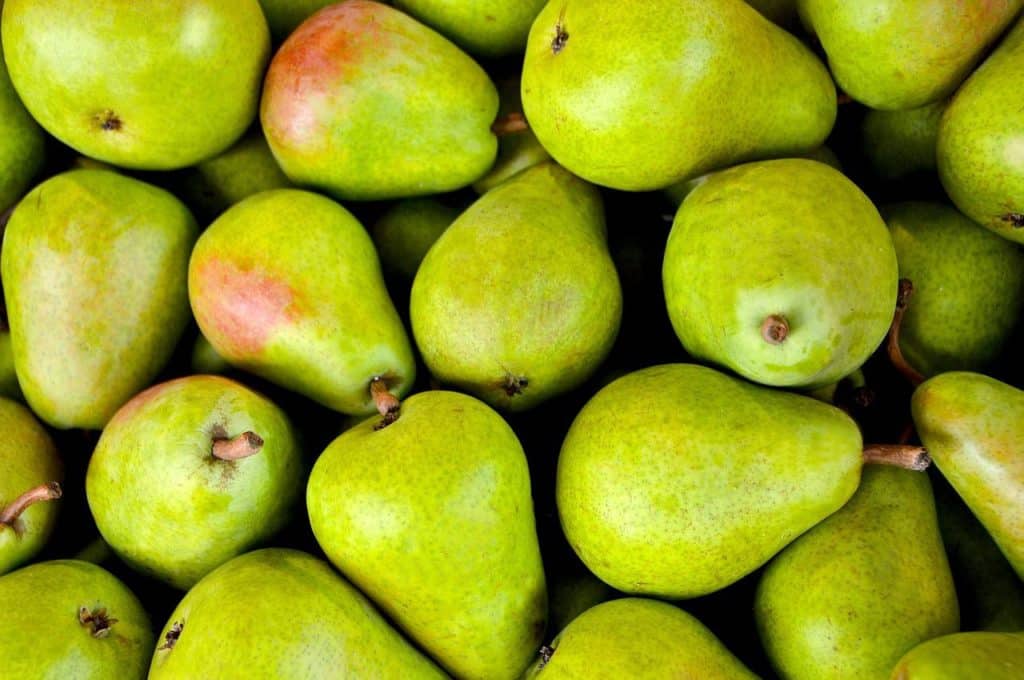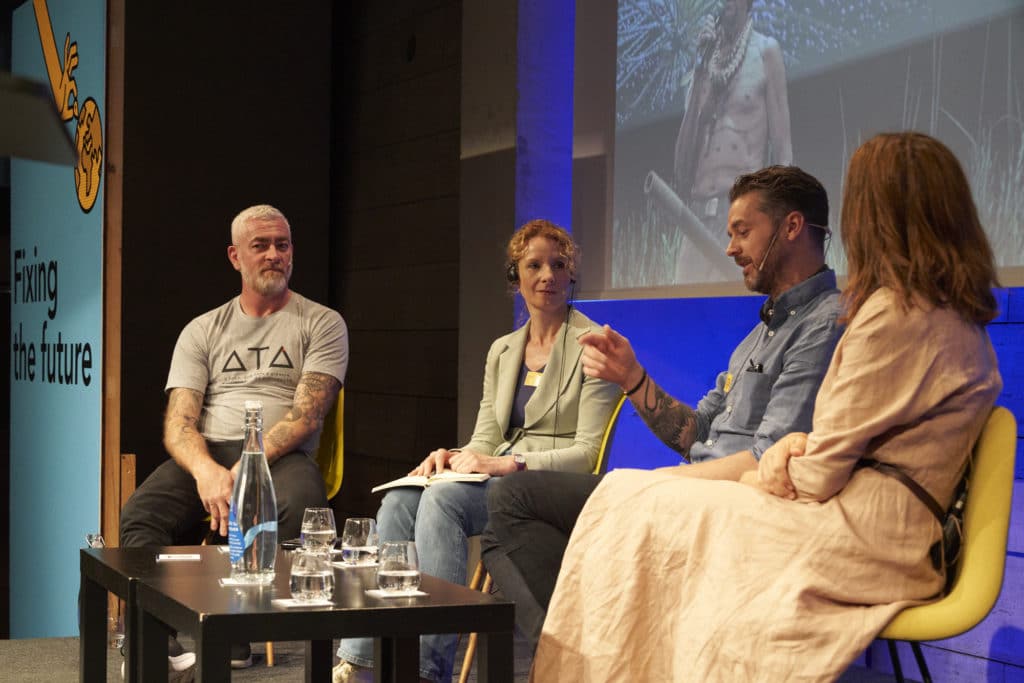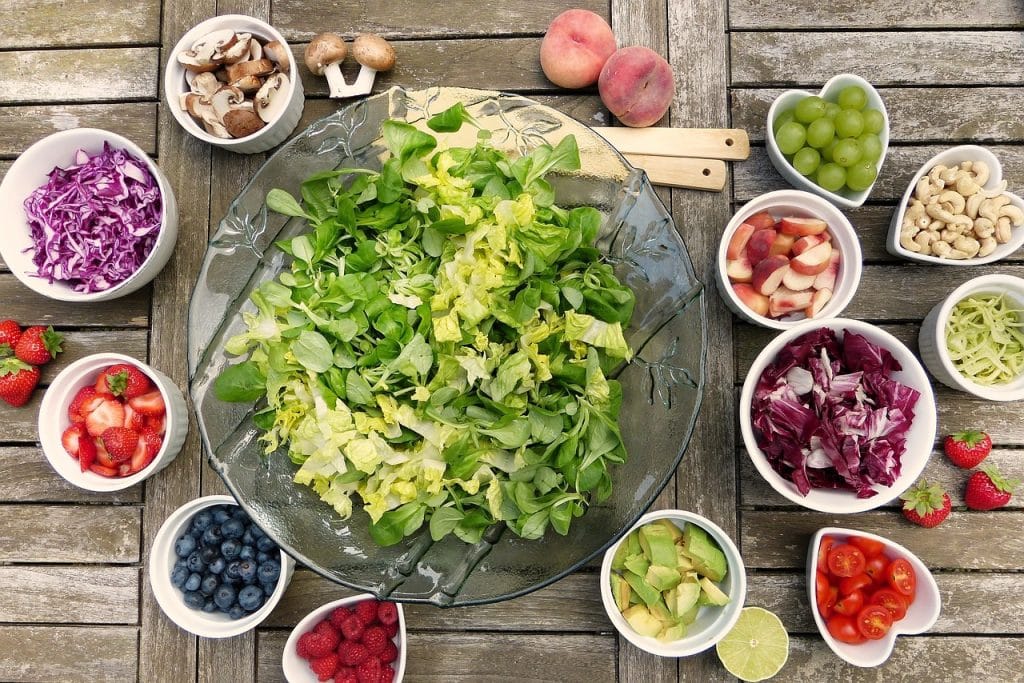
Bestselling supertaster and food educator Bee Wilson knows a thing or two about healthy and sustainable eating. Author of six bestselling food books and chair of TastEd food education charity, Bee believes in starting young when it comes to good nutrition.
“We have no hope of changing children’s eating habits for the better,” she says, “unless we can help them learn new tastes.” And that is what she is doing in The Way We Eat Now, a book about how the food revolution has transformed our lives, our bodies and our world.
To give you a taste of what Bee will be talking about at Fixing the Future Festival, we have published an extract of The Way We Eat here.


The way we eat
No one can say for sure what future diets will look like. One thing that seems certain is that after fifty years or more of overconsumption, there will have to be some kind of shrinking back in the amount of calories populations consume. What remains to be seen is whether this reduction will be forced on us by climate change and failing harvests or whether we can take control of our own food destiny and start to eat within the limits of what our bodies need and what the land can bear. Barry Popkin is among those who predict that with the right policies, the latter can happen, and we will leave behind stage four for stage five, a phase of life that he has christened “behavioural change.”
Stage five—if it ever fully comes into being—is where the hope lies. During this phase, most people would still be affluent and live in cities, but the cities would take on different characteristics, with more opportunities for physical exercise and more accessible and affordable fresh produce. This stage would be characterised by people eating more vegetables and fruits and experiencing a rapid decline in degenerative diseases. During this phase, greater knowledge of the links between diet and health would lead people to eat better diets. Phase five is where we would all like to be living and eating: a comfortable life with neither hunger nor disease, with delicious food but not an excess of it.
There are little glimmers that stage five may be emerging—not everywhere and for all people, but in enough places that it starts to look something like the future. One of those places is Denmark.
“So much has happened in twenty years. It is unbelievable how exciting it is to be a cook right now!” exclaims Trine Hahnemann, a caterer and cookbook author based in Copenhagen. I meet Hahnemann at the same World Food Summit in the summer of 2017 where I hear the Indian minister for processed food speak. Hahnemann takes me to a wine bar in one of Copenhagen’s many beautiful old townhouses where we drink Grüner Veltliner white wine from elegant Scandinavian glasses with long stems and flattened bulbs. She tells me how she sees good food as something central to the quality of life in general.

Bee speaking at Fixing the Future 2019
As a Dane, Hahnemann’s experience of modern food is completely different from that of her middle-class equivalent in Mumbai or Delhi. Denmark passed from stage three to stage four of the nutrition transition in the 1950s and ’60s. Now, it is heading somewhere altogether more flavoursome and interesting. If stage five exists anywhere, it is surely in Copenhagen, where the majority of adults cycle to work and the food culture centres on dishes that are healthy, sustainable, and delicious. As in South Korea, Denmark benefits from a government that takes the quality of its citizens’ diet seriously. In 2004, Denmark placed a blanket ban on trans fats in foods for sale, a move that played a part in reducing the country’s rates of heart disease.
When Trine Hahnemann was a child, no one in her Copenhagen school had heard of garlic. She remembers how long it took for hummus to be accepted by conservative Danish taste buds. “Yet now,” she remarks, “you couldn’t go to any food store and not find hummus. That’s in thirty years. That’s diversity.” A mere ten years ago, there was no Vietnamese food to be found in Copenhagen, whereas now there is a passion for pho, a spicy Vietnamese broth heady with green herbs and vegetables. Yet the Danes have also retained their love of healthy traditional foods such as dense, dark rye bread.
As someone who caters for government-funded work cafeteria, Hahnemann has seen first-hand how the Danish government makes healthy and sustainable eating a priority for everyone in society, rich and poor. As of 2016, a new law came in requiring that any food served in a public institution—from a school to a hospital—must be 60 percent organic. Hahnemann finds that the Danes she cooks for are remarkably receptive to vegetables and flavourings that would once have been seen as threatening. If a big batch of cauliflower arrives from her suppliers, she may serve it three days in a row: day one with a brown butter sauce, day two as Indian pakoras, and day three Italian-style with capers.

Despite Hahnemann’s love of vegetables, not everything she cooks and eats would be defined by a nutritionist as strictly healthy. Like most Danes, she adores cake and always keeps a sponge cake in her freezer in case friends drop by and she wants to rustle up a quick rhubarb and chocolate layer cake, filled with a rich rhubarb cream and topped with chocolate ganache. “Life without cakes would be a bit too sinister,” Hahnemann writes in one of her cookbooks, adding that she believes cake to be good for mental health. Just as the Japanese-style diet eaten by Fumiaki Imamura is a mix of healthy and unhealthy, so is the modern Danish diet. But the balance, in both cases, is tipped toward the healthy.
Not every country can be like Denmark, which benefits from a tiny population, substantial wealth, and low levels of social inequality. It would be difficult to replicate exactly the way that the Danes eat anywhere else. The question, however, is whether other countries could shift to a phase where the typical diet is something abundant that no longer damages the health of millions.
There are a few small but growing signs that many people around the world are moving in something like a Danish direction with food. Fumiaki Imamura’s data shows that the quantity of healthy food being eaten in the more affluent countries of the world—in Europe, North America, and Australasia—is actually going up, while consumption of unhealthy foods slowly starts to level off. This aligns with the behaviour about food we can observe all around us, with many consumers consciously reacting against what they see as a toxic food supply and searching for new ways of eating. Who would ever have predicted the day when kale and beetroot would become objects of affection in the West? Food preferences can change in a remarkably short space of time.
The hope held out by stage five is that the two stories of modern food could merge into one, single story: a cheerier and more consistent one. We abolish hunger, eat our greens, make water the default drink, discover delicious things like hummus, have the occasional slice of cake for our mental health, and live happily ever after. With the right food policies—which would include a combination of different farming policies, better food education and tighter regulation of unhealthy foods and drinks—we might yet reach stage five. For this to happen, governments would have to reset the trajectory of food policy away from the post-war agenda of quantity at all costs. There are tiny signs of this happening—for example, in the sugar taxes that have been enacted in various countries—but the true potential of food policy to improve our diet has yet to be tested. As the authors of one briefing paper on future diets from 2014 remarked, “Policies on diets have been so timid to date that we simply do not know what might be achieved by a determined drive to reduce the consumption of calories, and particularly the consumption of fat, salt and sugar.”

In the meantime, for those of us still in the middle of stage four, it can be hard to know how to live and eat for the best. We are beset on all sides by extremes—from fad diets on the one hand to junk food on the other—and it can feel almost impossible to steer our own path through the madness and choose a variety of foods that give us both pleasure and health.
It would be a start if we could at least name the food in front of us and notice what it is that we are putting in our mouths. Half the time, we do not even seem to recognise the ways in which our food has changed.
Colin Khoury, the diversity expert who identified the Global Standard Diet, tells me about a dinner table game he plays at his home in Denver. Khoury lives with his wife and disabled brother and all three play the game every evening when they eat. It’s a kind of secular grace. Before taking the first mouthful, the three of them compete to name the species and botanical family of all the foods they are about to eat. In Latin. If they are eating burritos, for example, one of the Khourys might start by saying thanks for Triticum aestivum (wheat, in the tortilla), in the grass family (Poaceae). Then another person another might say, “Persea americana, avocado, in the laurel family, Lauraceae.” They keep going until no one at the table can name any more ingredients. And then, the three of them eat. “It’s kind of a silly exercise,” says Khoury, “but for me it’s a chance to pull it apart enough to be recognisant of what’s in a meal.” Khoury’s dinner table game is a small but eloquent gesture against a world converging on the same unbalanced diet.
Personally, my Latin is not good enough to play this game. But I like Khoury’s idea of picking apart the components of food on a plate as a way of paying attention to what you are actually eating. This is what omnivores have always done: we look at a range of items and say “this is edible” and “this isn’t.” None of us can escape living and eating in the global market of stage four. You can’t increase the variety of your daily food intake simply by naming it. But if we are going to tip the balance of our diets back in a better direction, it helps if you can at least say what it is that you are eating.
One of the problems with modern eating is that we stopped trusting our own senses to tell us what to eat. We may not be hunter-gatherers, or even farmers, but every human is still an eater, and we still have senses that can tell us useful things about what to put in our mouths, if only we pay attention. You are under no obligation to eat something just because a packet tells you it is “all-natural” or “protein-boosted” or supposedly marvellous in some other way. Despite all the transformations of stage four, some things remain constant in our eating lives. Food is only food when a human says it is, and that human is you.
► AtlasAction: If you enjoyed this extract be sure to come along to Fixing the Future to hear more from Bee and other master chefs, such as Martina Puigvert, Dan Barber or Judith Càlix.


